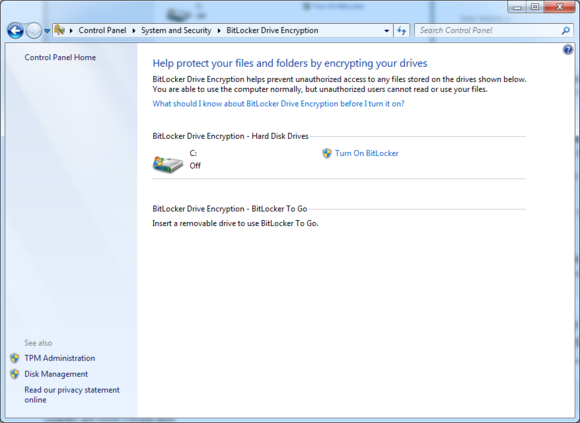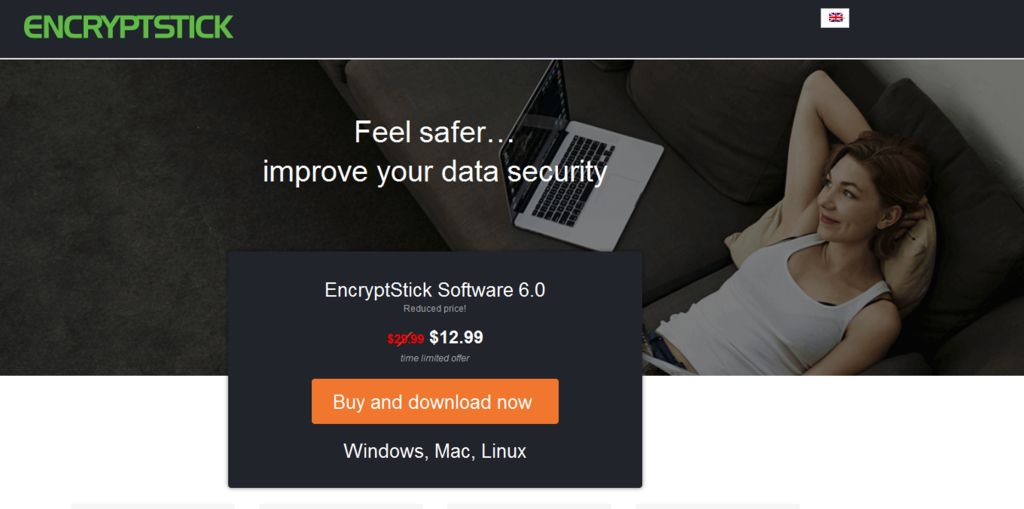
It means you can use any computer to encrypt-decrypt files on a portable drive, or use any computer attached to your network – including over a VPN connection – to encrypt-decrypt files on a network drive.ĮNC also has a new product coming this fall that will allow users to create vaults on cloud-based storage servers. Nor is any trace left behind on a host system after an EncryptStick session – except encrypted files if your vault is on the computer’s built-in hard drive.

#Encryptstick lite vs bitlocker install#
Easy to useĪ crucial part of the EncryptStick design and strategy is that nothing resides on the laptop or desktop you use to download and install the product. The flash drive should ideally be reformatted first.Īfter installation – during which you configure the device and enter a strong password – the drive appears in Explorer with an EncryptStick label and icon instead of a drive letter.
#Encryptstick lite vs bitlocker .exe#
exe file to the USB drive in Windows Explorer or Mac Finder. To install the program, you download it to a computer hard drive and then drag and drop the. But EncryptStick doesn’t run on the host system. The software now supports Windows (2000/XP/Vista/Win7) PCs and Macs (OS 10.4 and higher). EncryptStick is software that turns any USB flash drive into a personal security management system for encrypting and storing files in secure “vaults” (folders) on any drive, including your computer’s built-in hard drive, a network drive – or the flash drive itself.

It inevitably involves some human overhead – remembering and keying in strong passwords, using unfamiliar procedures.ĮncryptStick Digital Privacy Manager from ENC Security Systems – free for a limited-capacity version, $39.99 unlimited – doesn’t eliminate the overhead entirely, but does make the process as painless as possible, while offering unparalleled security.įor those accustomed to more conventional software and security paradigms, however, EncryptStick may not be 100% intuitive.įirst, it’s not a flash drive with built-in encryption. Insisting that employees encrypt sensitive files is not always a popular strategy, though.

Or the hospital employee who dropped a flash drive in the parking lot with unencrypted personal data and medical records for dozens of psychiatric patients.

Sometimes you shake your head in wonder – at the staff member in a Welsh medical clinic, for example, who sent an unencrypted USB drive containing medical information on 8,000 patients through the mail. We report cases almost weekly in these pages of lost or stolen computers and drives with unencrypted data, and the havoc that ensues. If your employees carry sensitive company data on unencrypted laptops, portable hard drives or USB flash drives, your job and theirs may be in jeopardy.


 0 kommentar(er)
0 kommentar(er)
